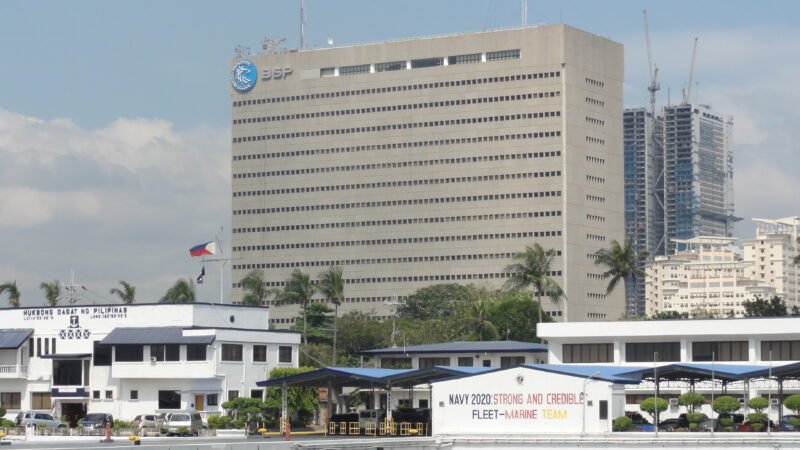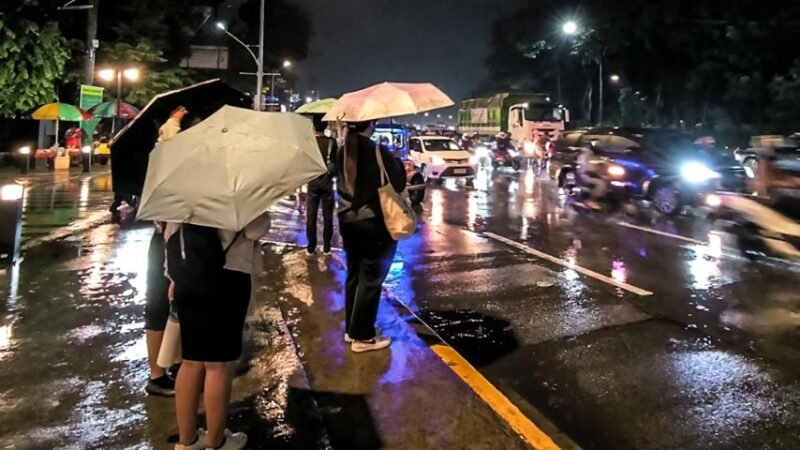Marcos places Philippines under yearlong calamity state after Typhoon Kalmaegi as Fung-wong nears
President Ferdinand Marcos Jr. has placed the Philippines under a one-year state of national calamity to speed up rescue, relief, and rehabilitation efforts in areas devastated by Typhoon Kalmaegi. The proclamation, signed on Nov. 5, was made public Saturday, Nov. 9, allowing authorities to tap emergency funds and provide basic services to affected residents.
The measure also allows the government to impose price ceilings on essential goods, grant no-interest loans to the hardest-hit sectors, and prevent hoarding or profiteering during recovery operations. Law enforcement agencies, backed by the Armed Forces of the Philippines, have been tasked to maintain order in affected areas.
![President Ferdinand Marcos Jr. signs Proclamation No. 1077 declaring a state of national calamity. [photo credit: Presidential Communications Office]](http://ourdailynewsonline.com/wp-content/uploads/2025/11/577804674_1251556380330419_3112942459966304272_n.jpg)
Kalmaegi leaves hundreds dead and missing
Kalmaegi, the 20th tropical cyclone to hit the country this year, swept across central and southern provinces, triggering floods and landslides. The Office of Civil Defense reported 224 deaths, over 100 people missing, and at least 526 injured.
Local governments continue to provide food, water, and medical assistance to displaced residents. Evacuation centers remain open, while rescue teams work to restore road access and basic services.
Philippines braces for Super Typhoon Fung-wong
Authorities are already preparing for Super Typhoon Fung-wong, expected to make landfall Sunday night or Monday morning. The Category 5 storm was located 125 kilometers east of Catanduanes on Sunday morning, moving west-northwest at 30 kilometers per hour. Maximum sustained winds reached 185 km/h with gusts of up to 230 km/h.
Fung-wong is the 21st tropical cyclone to hit the Philippines this year, surpassing the average annual count of 20 storms. Officials warn it could bring destructive winds, heavy rainfall, flooding, and landslides, potentially disrupting power and essential services. (Xinhua)



